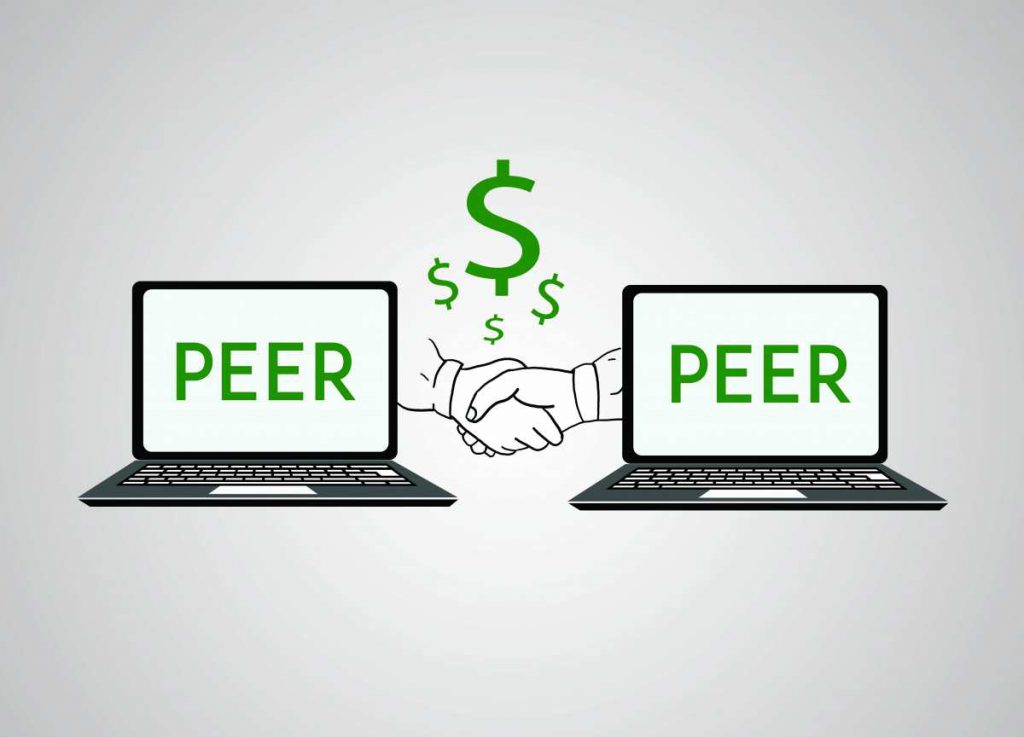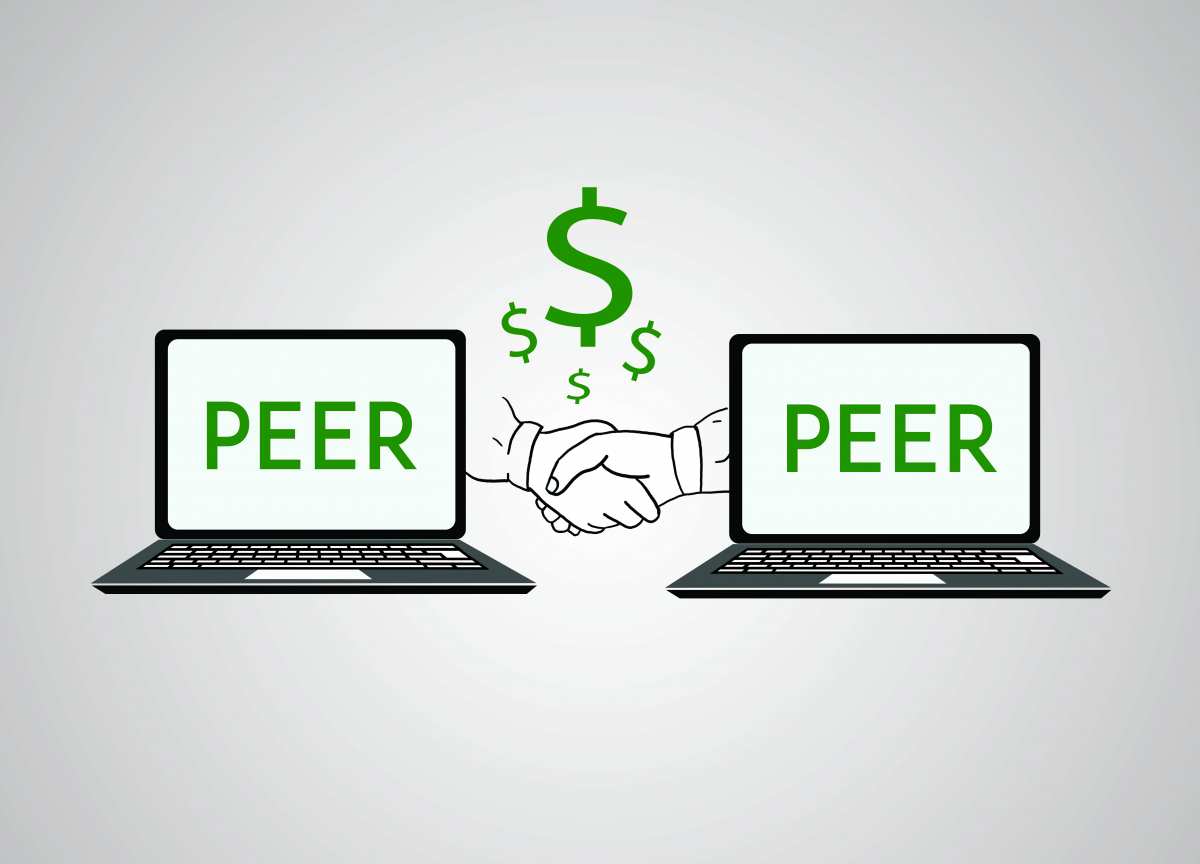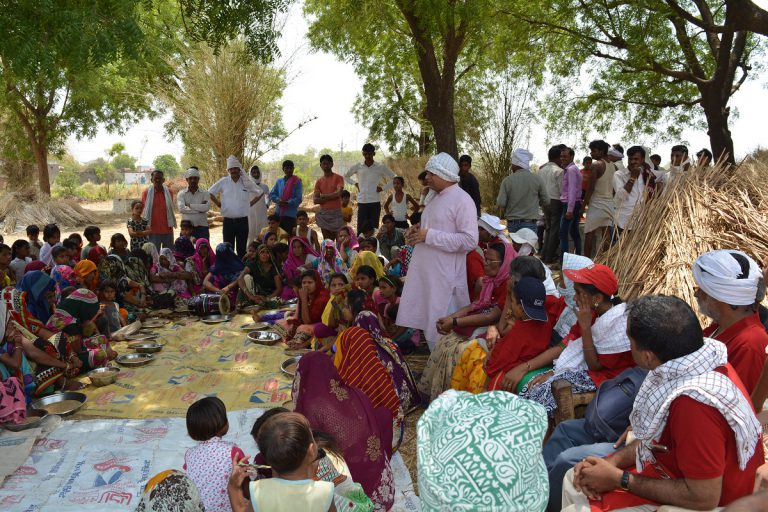P2P Lending has modern solutions for old problems

[responsivevoice_button voice=”US English Female” buttontext=”Read out this Theel for me”]
“Never depend on a single income. Make investment to create a second source”
Warren Buffet, CEO of Berkshire Hathaway
This is a thought-provoking quote by Warren Buffet, one of the most triumphant investors in the world. Without beating around the bush, the fact is that it is useful to focus on alternative sources of financing to sustain and grow businesses that face multiple obstacles while borrowing from banks.
An alternative source of financing include:
- Leasing
- Franchising
- Factoring
- Forfeiting
- Crowdfunding
- Peer-to-peer Platform
- Angel Investors
- Venture Capitalists
- Public Equity.
While all the above sources have their own agreements, both pros and cons, I would like to focus mainly on Peer to Peer lending (P2P lending) in this article.
P2P lending is a process of connecting interested lenders with the borrowers, without any involvement of intermediaries and costs. Borrowers can raise money to fund their business needs without the need for collaterals, and at lower rates than banks, whereas lenders can get returns between 15-25 % or even more on idle cash by giving loans to borrowers. Moreover, as the intermediaries are not involved, the money can be transferred without paperwork, and hence it is not a time-consuming process. Banks generally charge a higher rate of interest to small companies and individuals with a lack of credit history as they view these loans as risky. So, P2P lending became a favorable alternative source of financing for such small business owners. The peer-to-peer lending companies offer services online. Due to this, they can run the company with lower overheads and hence can provide services cheaper than traditional financial institutions.
In order to trust any source of finance, it is significant to know its history. Zopa was the first company that offered peer-to-peer loans in the world. It was founded in 2004 and launched in the UK in 2005. Later, the US launched Prosper in 2006. After that, many P2P lending companies were launched in the US, including LendingClub, StreetShares, FundingCircle, and others. China also followed the platform where the number of companies went from 50 to 3500 between 2011 to 2015 with loans of $192 billion and 50 million users, which was the largest in the world. But later, due to suffocating regulations, the platforms started closing.
However, In India, P2P lending started late, i.e., since 2014. At that time, P2P lending wasn’t regulated by RBI, but in 2017, a notification came out stating that from now onwards Peer to Peer lending will be monitored by RBI. The platforms are registered as NBFCs (Non-Banking Financial Company). Not all borrowers who are registered on a P2P lending platform get loans. At least 1 out of 10 borrowers are defaulters on a bank’s loan. Such borrowers aren’t given loans at all. If at all a person defaulted a loan for a short time and later repaid the principal amount, then it is acceptable. Thus, a complete credit profile check is done before giving loans to the borrowers. This reduces the chances of defaulting. The rate of interest for high-risk borrowers starts from 12% and goes up to 36%. Hence, the pricing is based on risk. Higher the risk, the higher are the returns.
To understand the importance of P2P lending more clearly, let’s take an example. Suppose there is an individual with a small business in need of a loan to fund his requirements as early as possible. Getting loans from banks is lengthy, time-consuming needs multiple documents, and tedious as compared to P2P lending, which can sanction the loan within a few hours. Credit background verification is also done faster as compared to traditional financial institutions. There is no need for collaterals, and a good credit rating is all a borrower needs. P2P loans are transparent and without any hidden charges. Everything is directly explained on the websites to the customers. All the details are given in the Statement of Account. P2P lending follows the latest technology to provide cheaper, faster, and modern solutions for business finance. Thus, he can get loans in less time and without getting into any hassle. According to analysts and also the P2P lending industry, regulations in India are stringent than China, and hence there are higher chances of developments in India. Under the guidelines of RBI, the aggregate limit for lenders is up to ₹50 lakh. Legal assistance is offered to the lenders in case of repayment default. The company takes legal action against a defaulting borrower, and a fee is charged as a fixed percentage of the recovered amount. Hence, it is a win-win situation for both lenders and borrowers.
Recently, RupeeCircle, a P2P lending platform, said that it had launched an interest-free personal loan program to help start-ups in funding their needs amidst the Covid-19 pandemic. The lender has tied up with 3 IITs, and a few start-ups under the program Sahayata wherein the loans offered are from Rs 25,000 to up to Rs 5 lakh, thus proving the efficiency of P2P lending in crisis.
Hence, in order to avail of a loan from a P2P platform, the borrower must register by filling up personal, financial, and professional details on the portal. Registration fee may be charged to create the borrower profile. The borrower is needed to mention the loan amount and the time period for which it is required. Later, credit verification is carried out. Higher the credit score, the lesser will be the interest rate. After this, the lender can view the borrower’s profile, and if satisfied with the profile, the lender can choose to fund the borrower. Multiple lenders can fund the borrower. A loan agreement must be signed between the lender and the borrower which will be available in the borrower and lender’s profile for inspection. Once 75% of the loan is funded, the disbursement will take place. Accordingly, the borrower has to pay the number of post-dated cheques for disbursement of the loan.
Peer to peer lending in itself is a responsible body to ensure financing in India. In times of crisis, alternate sources of finance like P2P lending are good support in ensuring safe transactions with proper guidelines. In addition to a sustainable example of technology, it has better advantages over traditional banking methods. But one must always consider the risk and think from multiple perspectives while taking a financial decision. Lenders are advised to diversify their portfolio of loans. Moreover, the level of risk is lesser as compared to equity markets or real estate. Also, Dag Hammarskjold, a Swedish economist, said, “It is by playing safe that we create a world of utmost insecurity.”
Thus, the final decision completely depends on you. I always wish that you make the best possible decision for you!
Featured Image Credits: Flickr







